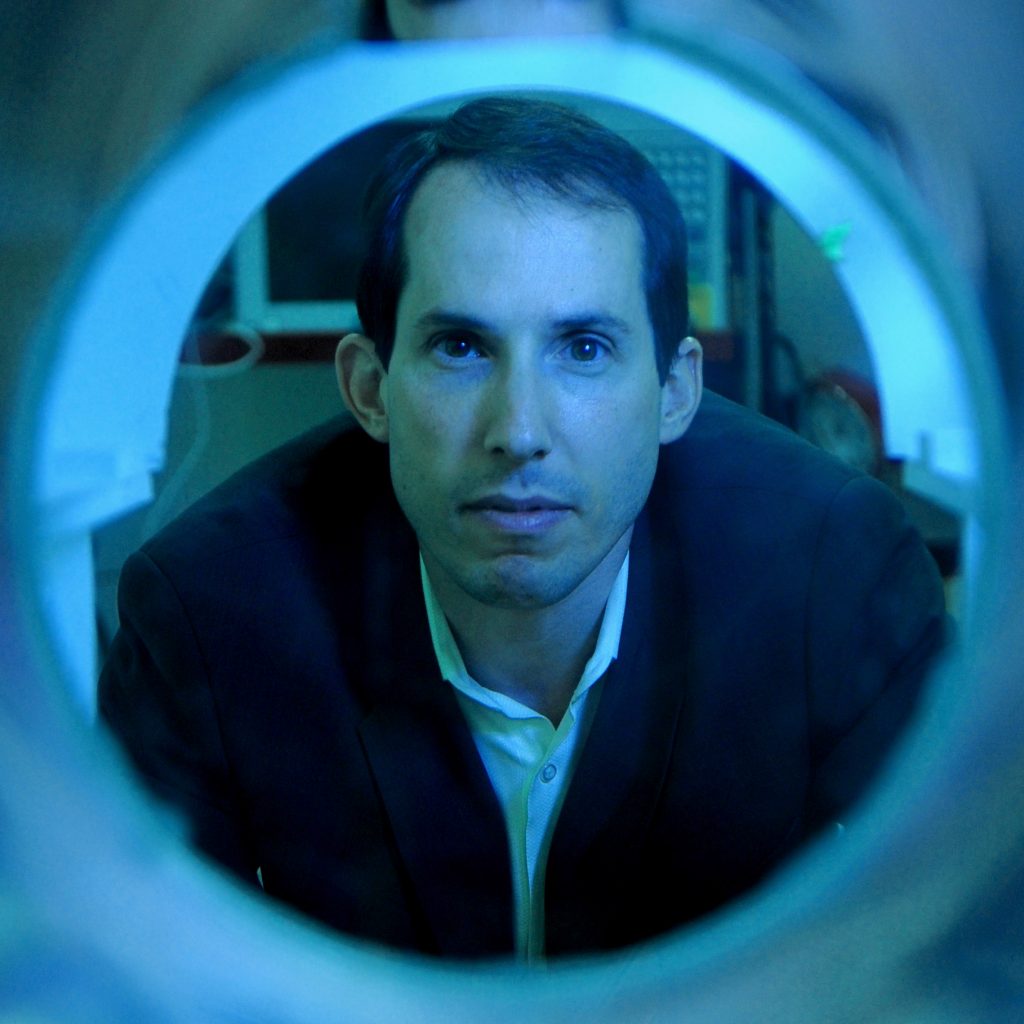ISMRM President’s Corner:
Connecting MR in a Changing World, Part 2: Disruption
by Daniel K. Sodickson, M.D., Ph.D.
ISMRM 2017-2018 President
We live in a golden age of magnetic resonance. Our community is strong, our research is full of vigor, and our impact on both human health and basic discovery is profound. Though I have been privileged to live through some pretty electrifying times in MR development, I cannot recall a time when more far-reaching creativity was on display in our field at large. At the same time, there are many indications that we may be in for turbulent times ahead.
It is clear, for example, that the business model for clinical MR is in the midst of a sea-change. This change is being precipitated not only by declining reimbursements in the short term (and corresponding extreme pressures for imaging efficiency, which are reshaping imaging enterprises around the world), but also by a longer-term shift towards value-based medicine. The recent ISMRM Value Initiative – which aims to prove and improve the practical value of MR – is motivated in part by some of these changes. Meanwhile, the advent of new disruptive technologies like Artificial Intelligence also casts new light on the MR value proposition. Opinions vary dramatically on how, and to what extent, the current generation of AI will impact our field: whether it will be a flash in the pan — the latest trend to ride the hype curve; or will upend the discipline of Radiology, replacing humans with machines; or will simply make human radiologists happier and more effective, interacting seamlessly with machine copilots, perhaps at the expense of some workforce reduction. Regardless, modern AI represents a powerful toolset, whose development is proceeding at a mind-boggling pace. Witness the burgeoning of AI-related presentations and sessions between last year’s and this year’s ISMRM annual meeting. In either case, however, despite attempts to emphasize value and to incorporate developments like AI into our meetings, our Society has yet to grapple in any coherent way with the potential for true economic and technological disruption, which could stem the flow of corporate and clinical funding that supports both our Society and the broader research engine of our field.
Meanwhile, the science and technology of imaging is in a state of remarkable creative flux. In the past several years, our own field of magnetic resonance has seen a rapid imaging renaissance, with new approaches to image acquisition and reconstruction promising to overturn longstanding paradigms of imaging workflow and utilization. As our reimbursements get smaller, our data get bigger, encompassing ever more dimensions and ever larger numbers of quantitative parameters. Inspection of the programs of recent ISMRM Annual Meetings show that 4D is the new 3D, and, increasingly, 5D, 6D, and 7D are the new 4D. The need to digest and integrate these burgeoning datasets represents another opportunity for machine learning, which again we are only beginning to leverage proactively. Changes in modes of acquisition, reconstruction, and interpretation, moreover, increasingly promise to challenge longstanding assumptions about scanner design. Once again, despite interesting work on unconventional designs in scattered laboratories or startup companies around the world, our field has largely been reticent to confront and embrace such changes. At the same time, some of the fastest-moving engines of innovation in our modern world — the Big Tech companies — clearly have imaging in their sights. If we do not figure out how to engage with them early, we may miss our chance.





